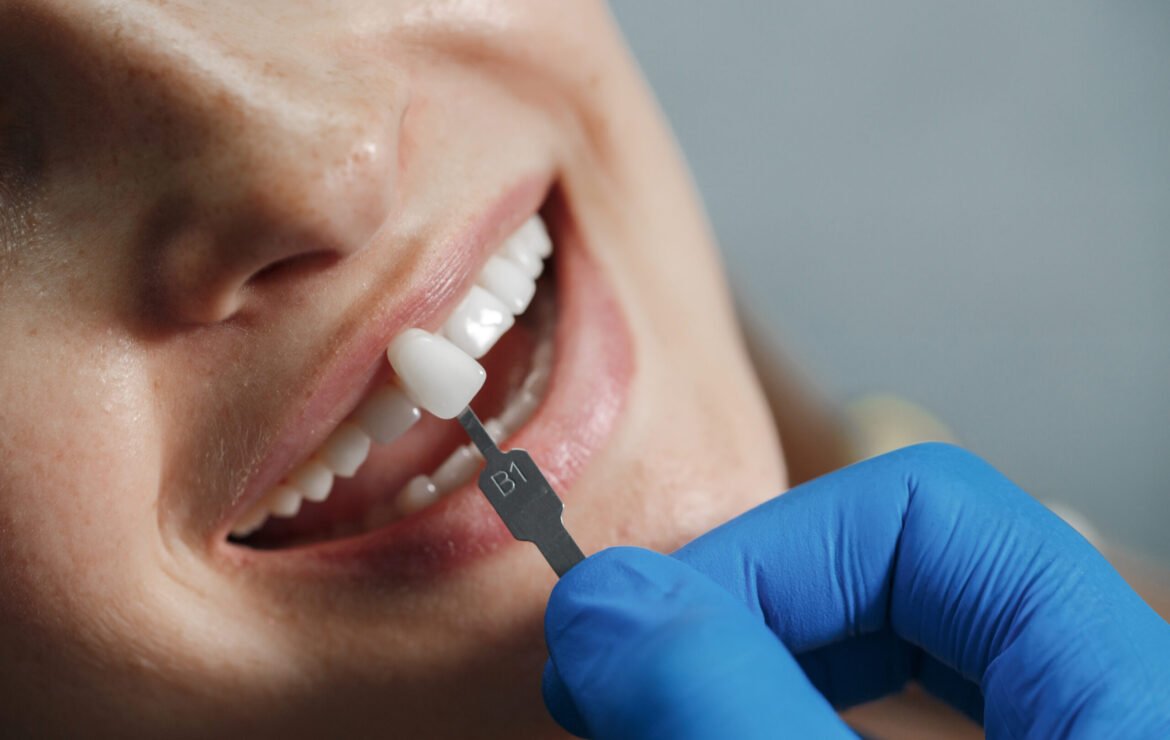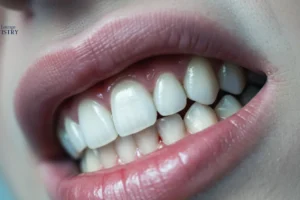What Is a Dental Cap? Complete Guide to Dental Crowns in 2025

What Is a Dental Cap? Complete Guide to Dental Crowns in 2025
Dental health is more than just a perfect smile—it’s about preserving and protecting your teeth for life. One of the most common restorative treatments recommended by dentists today is a dental cap, also known as a dental crown. But what exactly is it, and why might you need one?
In this blog, we’ll break down everything you need to know about dental caps in 2025, including types, costs, procedures, and care—crafted with expert-backed insights and updated technology trends.
What Is a Dental Cap?
A dental cap (or crown) is a tooth-shaped cover placed over a tooth to restore its shape, size, strength, and appearance. It essentially acts like a protective helmet for a damaged or weakened tooth.
It is typically used when:
- A tooth is cracked, broken, or worn down
- There’s a large cavity that can’t be filled
- After a root canal treatment
- To cover a discolored or misshaped tooth
- To hold a dental bridge in place
- As the visible part of a dental implant
Types of Dental Caps in 2025
With advancements in dental materials and technology, patients today have several choices based on budget, durability, and aesthetic preferences:
1. Porcelain-fused-to-metal (PFM)
- Strong and long-lasting
- Matches tooth color (but may show a dark line at gums over time)
2. All-Ceramic or All-Porcelain
- Best aesthetic match for natural teeth
- Ideal for front teeth
- More brittle than metal-based crowns
3. Zirconia Crowns
- Ultra-strong and biocompatible
- Resistant to wear and fracture
- Newer translucent versions look natural
4. Gold Crowns
- Very durable and gentle on opposing teeth
- Best for molars (not cosmetic)
5. E-Max (Lithium Disilicate)
- Strong, esthetic, and used often in modern CAD/CAM dentistry
- Great for both front and back teeth
Dental Cap Procedure: Step-by-Step
Here’s how the crown process typically works in 2025:
- Examination and Preparation
- The dentist checks the tooth and may take X-rays
- Damaged or decayed parts are removed
- The tooth is reshaped to fit the crown
- Digital Impressions (Modern Method)
- Intraoral scanner captures a 3D image of your tooth
- Sent to a lab or milled in-office (same-day crown option)
- Temporary Crown Placement
- A temporary crown protects the tooth for 1–2 weeks
- Final Crown Placement
- The permanent crown is cemented or bonded
- Final adjustments are made for bite and comfort
Pros and Cons of Dental Caps
Pros:
- Restores function and appearance
- Strengthens weak teeth
- Custom-made for a perfect fit
- Long-lasting with proper care
Cons:
- Can be expensive without insurance
- Requires enamel removal
- Risk of sensitivity or discomfort if not fitted properly
- May need replacement after 10–20 years
Caring for a Dental Cap
Even though caps are durable, they’re not immune to wear or decay underneath. Here’s how to maintain them:
- Brush twice daily with a fluoride toothpaste
- Floss around the crown daily
- Avoid chewing ice, hard candies, or biting nails
- Visit your dentist regularly for cleanings and exams
- Report any sensitivity, looseness, or pain ASAP
2025 Trends: How Technology Improves Crowns
Modern dentistry has drastically improved the crown experience:
- Same-Day Crowns: CAD/CAM milling machines like CEREC allow you to get a crown in a single visit
- 3D Printing: More labs are using 3D printers for precise and affordable restorations
- Digital Scanning: More accurate, comfortable impressions—no messy trays
- AI-Powered Design: AI helps design crowns with perfect fit and bite alignment
Final Thoughts: Is a Dental Cap Right for You?
A dental cap is often the best option when a tooth is too damaged for a simple filling but doesn’t need extraction. With today’s materials and technology, dental Implant Cost are more comfortable, natural-looking, and durable than ever.
Talk to your dentist about which material fits your needs, your lifestyle, and your budget. And remember—prevention is always better than cure, so regular checkups can help you avoid needing one in the first place!
FAQ
Q: How long do dental caps last?
A: Typically 10–20 years, depending on material and care.
Q: Does getting a crown hurt?
A: Minimal discomfort, usually done under local anesthesia.
Q: Can I eat normally with a crown?
A: Yes, once it’s placed. Avoid sticky or hard foods initially.










